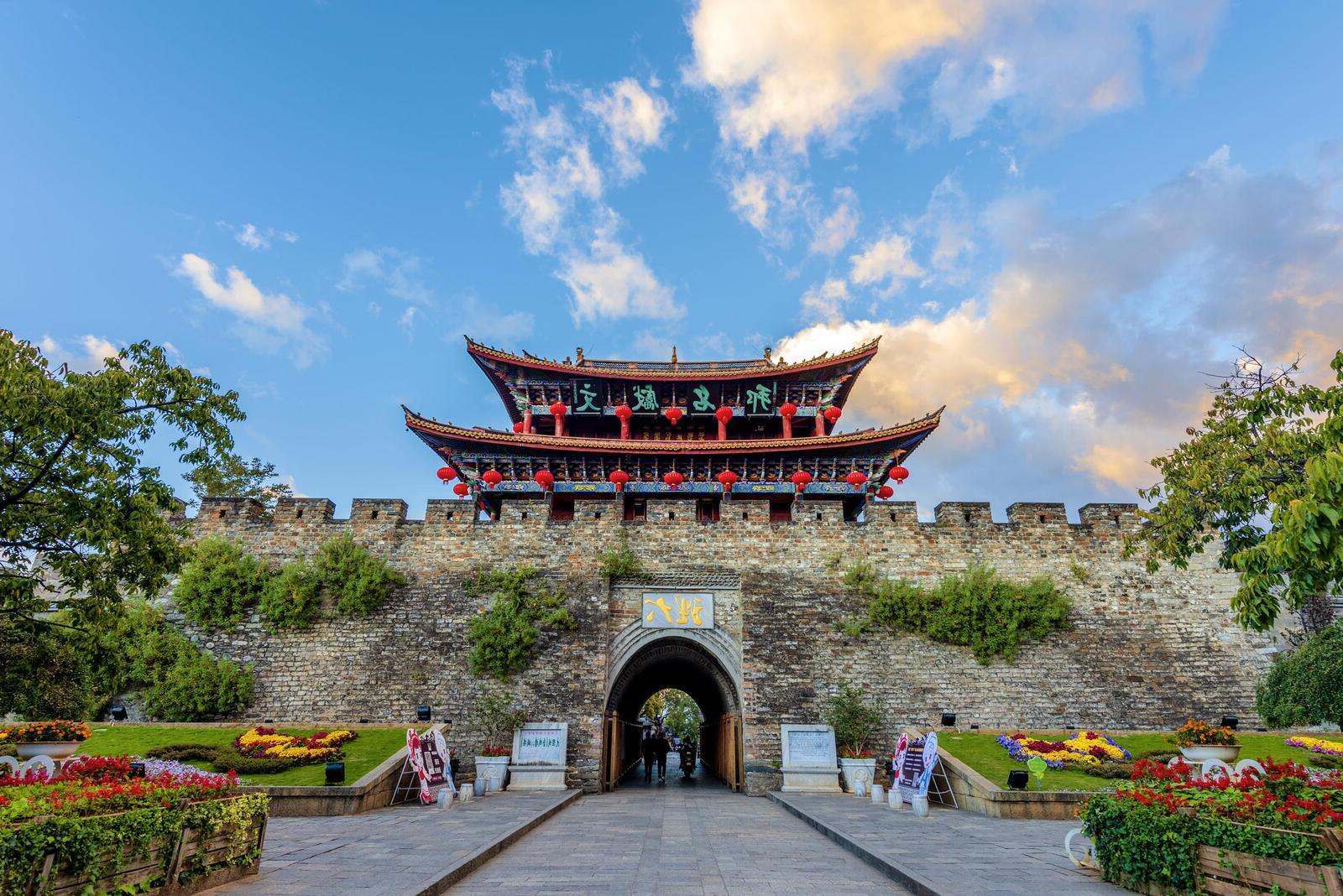
North China is a region rich in history, culture, and natural beauty. Have you ever wondered what makes this area so unique? From the bustling streets of Beijing to the serene landscapes of the Great Wall, North China offers a blend of ancient traditions and modern advancements. Did you know that this region is home to some of the oldest continuous civilizations in the world? North China also boasts a diverse climate, ranging from arid deserts to lush forests. Whether you're a history buff, nature lover, or foodie, there's something here for everyone. Curious to learn more? Let's dive into 28 fascinating facts about North China that will leave you amazed and eager to explore!
Key Takeaways:
- North China is a region with a rich history, extreme weather, and stunning natural wonders, making it a unique blend of tradition and modernity.
- From the Great Wall to high-speed rail, North China offers a mix of ancient landmarks and cutting-edge technology, shaping its identity as a cultural and economic powerhouse.
Geography and Climate
North China is a region rich in history, culture, and natural beauty. Its geography and climate play a significant role in shaping its unique characteristics.
- North China is home to the North China Plain, one of the largest alluvial plains in the world.
- The Yellow River, also known as Huang He, flows through North China, providing water for agriculture and daily life.
- Winters in North China can be extremely cold, with temperatures often dropping below freezing.
- Summers are typically hot and humid, making it a region of weather extremes.
- The Great Wall of China stretches across North China, a testament to its historical significance.
Historical Significance
North China has been the cradle of Chinese civilization for thousands of years. Its historical landmarks and events have shaped the course of Chinese history.
- The ancient city of Xi'an in North China was the starting point of the Silk Road.
- Beijing, the capital of China, is located in North China and has been the political center for centuries.
- The Forbidden City in Beijing served as the imperial palace for 24 emperors during the Ming and Qing dynasties.
- The Terracotta Army in Xi'an is one of the most significant archaeological discoveries of the 20th century.
- The Temple of Heaven in Beijing was where emperors prayed for good harvests.
Cultural Heritage
North China's cultural heritage is vast and diverse, reflecting its long history and the various ethnic groups that have lived there.
- Peking Opera, a traditional Chinese theater form, originated in North China.
- The region is known for its dumplings, a staple in North Chinese cuisine.
- Calligraphy and painting are highly regarded art forms in North China.
- The Lantern Festival, celebrated on the 15th day of the first lunar month, is a major event in North China.
- Kung Fu has deep roots in North China, with many famous martial arts schools located there.
Economy and Development
North China is a powerhouse of economic activity, contributing significantly to the country's overall development.
- Beijing is not only the political capital but also a major economic hub.
- The port city of Tianjin is one of the largest in China, facilitating international trade.
- Shijiazhuang, the capital of Hebei province, is a key industrial city in North China.
- The region is rich in coal reserves, making it a significant player in China's energy sector.
- Agriculture is a major industry, with the North China Plain being one of the most fertile areas in the country.
Natural Wonders
North China boasts several natural wonders that attract tourists and nature enthusiasts alike.
- The Huangshan Mountains, also known as the Yellow Mountains, are famous for their stunning scenery.
- Mount Tai in Shandong province is one of the Five Great Mountains of China and a UNESCO World Heritage Site.
- The Gobi Desert extends into North China, offering unique landscapes and ecosystems.
- Beidaihe is a popular seaside resort known for its beautiful beaches and birdwatching opportunities.
- The Yungang Grottoes in Datong are a series of ancient Buddhist cave temples.
Modern Life
Modern life in North China is a blend of traditional culture and contemporary advancements.
Final Glimpse at North China
North China, with its rich history, diverse culture, and stunning landscapes, offers a treasure trove of fascinating facts. From the Great Wall to the Forbidden City, this region brims with historical landmarks that tell tales of ancient dynasties. The Yellow River, often called the cradle of Chinese civilization, continues to be a lifeline for millions. North China’s cuisine, featuring dishes like Peking duck and jiaozi, tantalizes taste buds worldwide. The region’s festivals, such as the Chinese New Year and the Mid-Autumn Festival, showcase its vibrant traditions. Whether you’re drawn to its bustling cities or its serene countryside, North China never ceases to amaze. So, next time you think about exploring new places, remember the wonders that North China holds. It’s a region where past and present beautifully intertwine, offering endless stories and experiences.
Frequently Asked Questions
Was this page helpful?
Our commitment to delivering trustworthy and engaging content is at the heart of what we do. Each fact on our site is contributed by real users like you, bringing a wealth of diverse insights and information. To ensure the highest standards of accuracy and reliability, our dedicated editors meticulously review each submission. This process guarantees that the facts we share are not only fascinating but also credible. Trust in our commitment to quality and authenticity as you explore and learn with us.
